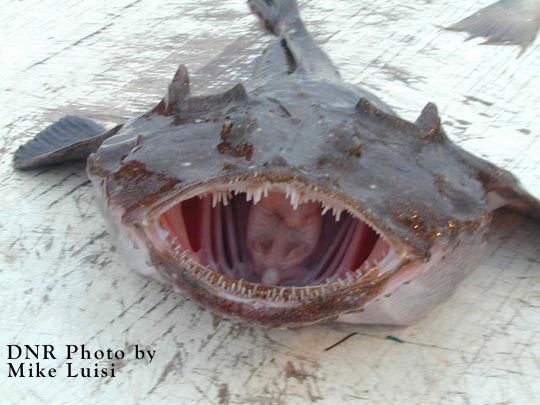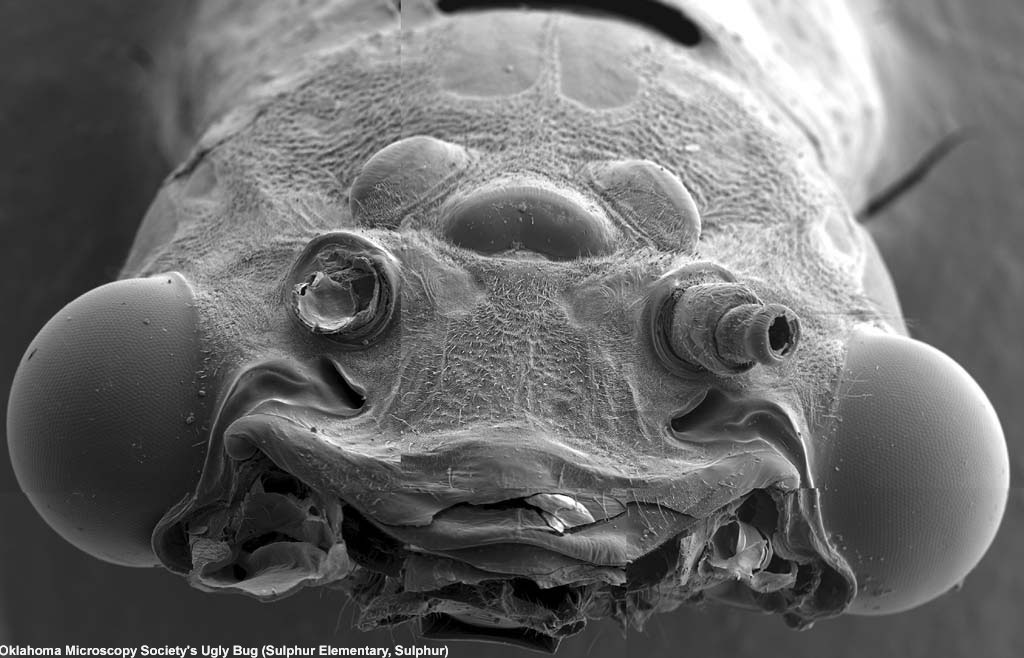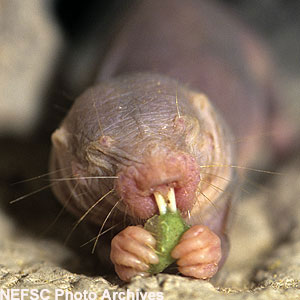Take That! Lowly Slugs Escape Lobster's Grasp

The lowly sea slugs put up a good defense when attacked by a lobster - and many times it wins.
When attacked, slugs squirt an inky cloud into the face of their attacker. While this behavior is old hat to scientists, it wasn't until recently that they knew just how the ink did the trick.
This is not exactly pen ink. A variety of chemicals make up the defensive secretion, creating a multi-pronged attack. The ink targets the predator's nervous system and messes with the creature's behavioral control system.
Yet there's a lure, too: The ink packs a few chemicals that the lobster can't resist.
The slug squirts out an amino acid called taurine, which smells so tasty that the lobster drops the slug. The other things kick in and lobster starts acting wacky and confused, giving the slug time to make an escape.
"When the lobster smells taurine, it takes it as a cue that food is present," said lead researcher Cynthia Kicklighter of Georgia State University. "The lobster gets distracted" and begins searching for food.
But why would the lobster start searching for food if it already had some in its grasp?
Get the world’s most fascinating discoveries delivered straight to your inbox.
One component of the secretion is a potent repellent, but the lobster becomes very distracted by the abundance of the tasty chemical, which then seems more attractive than the slug itself, Kicklighter told LiveScience. It's like a toddler dropping the broccoli when he gets a whiff of chocolate-chip cookies.
The slug buys even more getaway time by making its ink extra sticky - it goops up the lobster's antennae. Not only does this distract the lobster as it tries to clean itself off, but the ink's neurological effects are longer lasting.
The findings were published in the March 29 issue of Current Biology.
- Boiling Lobsters Likely Feel No Pain
- Mystery Disease Killing Lobsters
- Vote for the World's Ugliest Animal
Which Animal is the Ugliest?






